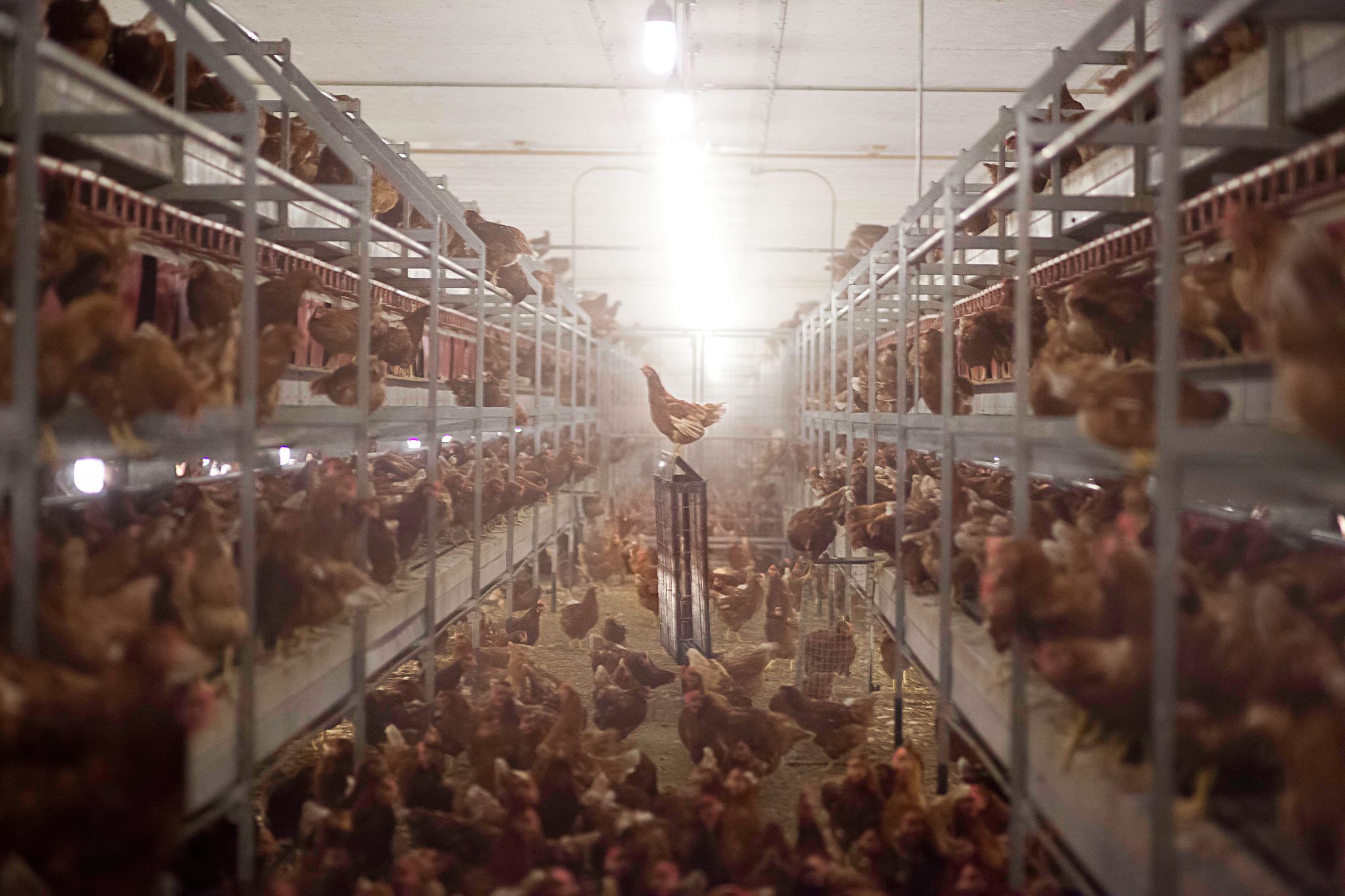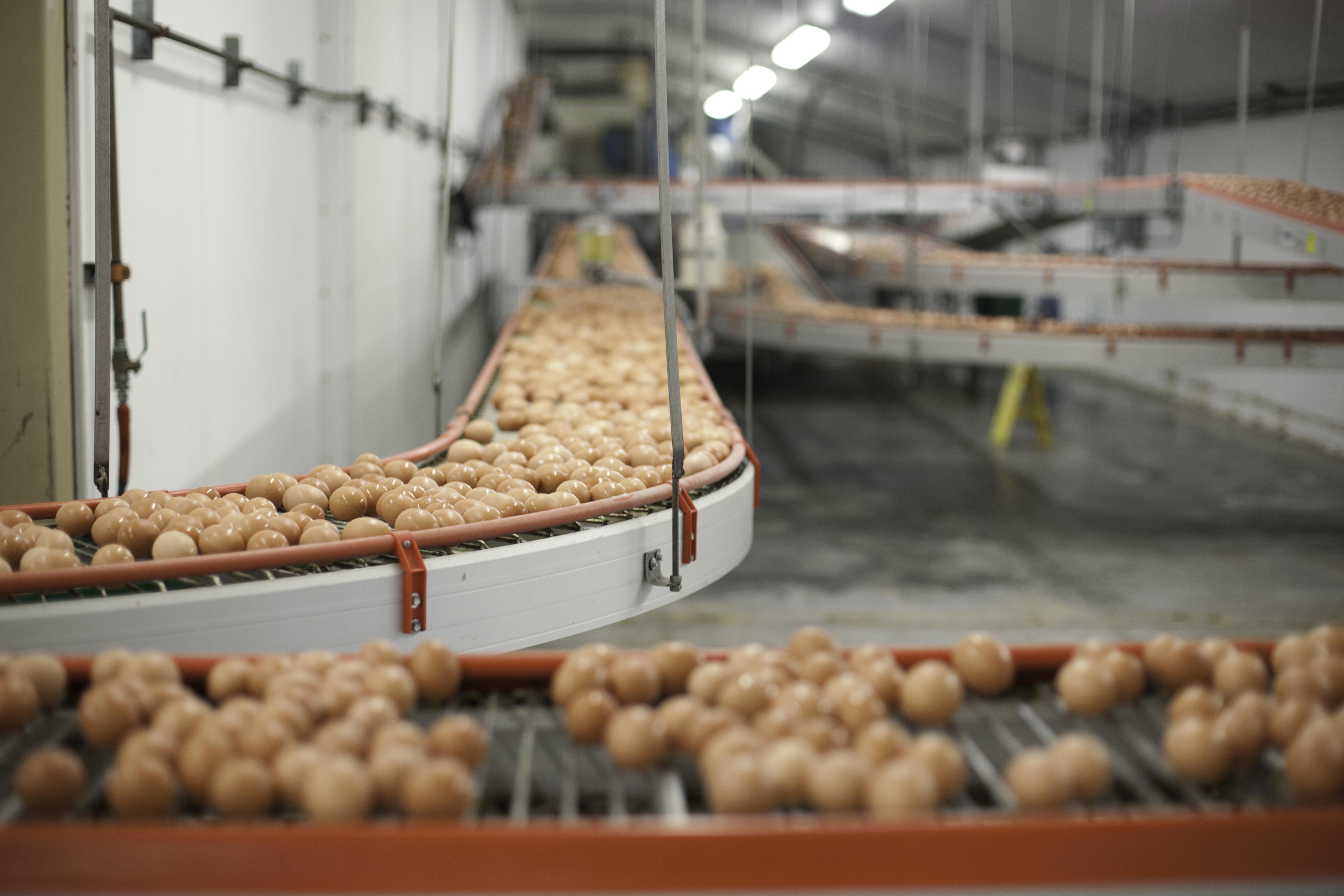Oakdell Eggs: An Incredible, Edible Family Tradition
Author
Published
4/9/2020
With the arrival of spring, thoughts turn to renewal, new growth, and the promise of warmer days ahead. Green thumbs get excited about the prospect of new adventures in the yard and many families celebrate the Christian holiday of Easter.
Closely associated with Easter are family traditions involving eggs. According to History.com, eggs have been linked to Christian traditions, with Easter eggs “said to represent Jesus’ emergence from the tomb and resurrection. Decorating eggs for Easter is a tradition that dates back to at least the 13th century, according to some sources. One explanation for this custom is that eggs were formerly a forbidden food during the Lenten season, so people would paint and decorate them to mark the end of the period of penance and fasting, then eat them on Easter as a celebration.”
But it’s not just for decoration that eggs are in demand around Easter. Local poultry farms have donated millions of eggs to the Utah Food Bank over the past number of years to help families in need.
These small packets of protein are so commonplace in our lives, that we almost take them for granted and may forget about how they get to our kitchens. With countless ways to eat and use eggs, you could say they are a culinary gift, and for one recognizable Utah brand, a gift is exactly how it started.
A Better Gift Than a Toaster
Oakdell Eggs can be found in major and small-town grocery stores throughout the Intermountain West – but its beginnings are humbler. It all started when Cecil Woodward received 10 chickens as a wedding gift in 1905. From there, the Woodward family found out they were pretty good at raising chickens, and the farm expanded and in Franklin, Idaho.
With a commitment to quality and the customer, the family business continued to increase in size, which led to another farm being built in Riverton, Utah in the late 1960s. They also came up with a name for the farm, with Oakdell coming from the street on which one of the founding partners lived.

While the farm was growing, so was the population along the Wasatch Front. By 1977, the farm’s time in Salt Lake County was coming to an end as it moved to the Cache County town of Lewiston, where it remains today. As additional family members came into the business, the farm continued to grow with new facilities being established in Pasco, Washington.
Not All Eggs the Same
As the family farm has grown in size, the commitment to the health of the birds and focus on customer preferences stayed strong. Focusing on the demands of their customers has helped Oakdell expand the varieties of eggs they provide – that’s right, not all eggs are the same. The company today provides conventional white, cage-free white, Omega-3 brown, and organic brown eggs.

The birds live in a climate-controlled barn, with 24-hour access to all the feed and water they want while being fully protected from predators and pests. And a quick fact, did you know that whether you’re buying brown eggs or white eggs, all hens are receiving great care and nutrition? The feed the hens eat has nothing to do with the color of the egg you buy. The breed of the chicken actually determines the shell color of an egg; in general: a brown chicken produces a brown egg and a white chicken produces a white egg. Because brown chickens are usually larger and require more food to make an egg, brown eggs cost more than white eggs.
Though it has been a growing market category lately, Oakdell’s eggs were originally cage-free back in the 1960s. When food safety wasn’t on the top of everyone’s minds, the use of antibiotics to keep birds healthy was more widespread because farmers couldn’t control what the cage-free chickens were eating. In the 1970s, birds were moved indoors, and their diets were more closely controlled, eliminating the need for antibiotics. Today, while some birds have been moved back to cage-free environments, antibiotics haven’t been used for years. Because of increased food safety practices and advancements in nutrition and animal care, eggs are safer than ever before.
Still Going Strong
While nutritional fads come and go, eggs remain a staple in the American diet. Much of this is tied to their versatility, affordability, and the protein punch that comes in each one. They are also filled with more than 13 other essential vitamins and minerals.
That’s not to say the industry hasn’t had its challenges, misunderstood nutritional information in the 1980s wrongly pointed to eggs as the culprits for increasing cholesterol.

Over the years, nutritional experts better understood the different types of cholesterol, and the role that family history and food plays. Blood cholesterol is naturally occurring and can increase the risk of heart disease. According to Oakdell’s website, dietary cholesterol, however, comes from the food we eat, like meat, eggs, dairy, and seafood. Research shows that dietary cholesterol does not significantly increase blood cholesterol levels in most people. The big culprits are foods high in saturated or trans fats, which are often the food you pair eggs with.
In addition to progress in nutrition, technology has allowed poultry farmers to improve food safety and the traceability of eggs. Every day of the year, employees at Oakdell wash, sanitize, grade, package, do quality checks, and use new code-dating printers on the packaging for better traceability and easier consumer visibility.
All of this has contributed to more eggs being eaten today than even 10-20 years ago. For one of Utah’s preeminent poultry farm families, you could consider quality eggs as their gift to you.
Want more news on this topic? Farm Bureau members may subscribe for a free email news service, featuring the farm and rural topics that interest them most!
